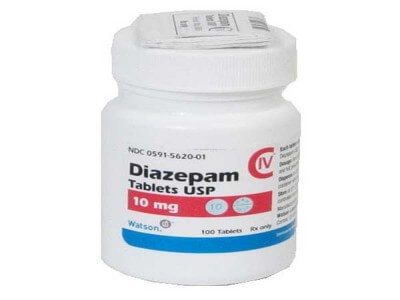


Sodium bicarbonate should be given as a bolus and not an infusion. Antidote: Sodium bicarbonate (and hyperventilation).Seizures are managed with benzodiazepines.Hypotension is treated with IV crystalloid, sodium bicarbonate (to a maximum of 6mmol/kg), adrenaline or noradrenaline.If your patient is not responding to the doses and drugs above urgently call a toxicologist. Lignocaine 1.5mg/kg IV is third line when a pH of >7.5 is established. Ventricular dysrhythmias: Cardioversion is unlikely to be successful, give repeated doses of sodium bicarbonate (2 mmol/kg) every 1-2 minutes to a maximum of 6mmol/kg or until a perfusing rhythm is restored.If present give sodium bicarbonate 1-2mmol/kg until the effect is seen because even during the quickest of intubations you will cause a state of acidosis which will exacerbate TCA toxicity. Pre-intubation and on arrival it is vital to get an ECG looking for signs of toxicity (widening of the QRS, large terminal R wave in aVR increased R/S ratio (>0.7) in aVR and QT prolongation).The mainstay of treatment for severe toxicity involves aggressive supportive care including the use of sodium bicarbonate for dysrhythmias and widening of the QRS alongside hyperventilation to maintain a pH >7.5-7.55.QRS widens due to fast sodium channel blockade, >100ms is predictive of seizures and >160ms is predictive of ventricular tachycardia.Severe toxicity usually manifests within 2 hours but any overdose requires close cardiac monitoring for 6 hours post ingestion.>30mg/kg = severe toxicity with pH-dependent cardiotoxicity and coma expected to last >24 hours.Anticholinergic affects are often masked by the coma 10mg/kg = Potential for coma, hypotension, seizures, cardiac dysrhythmias.>10mg/kg is potentially life threatening.


 0 kommentar(er)
0 kommentar(er)
